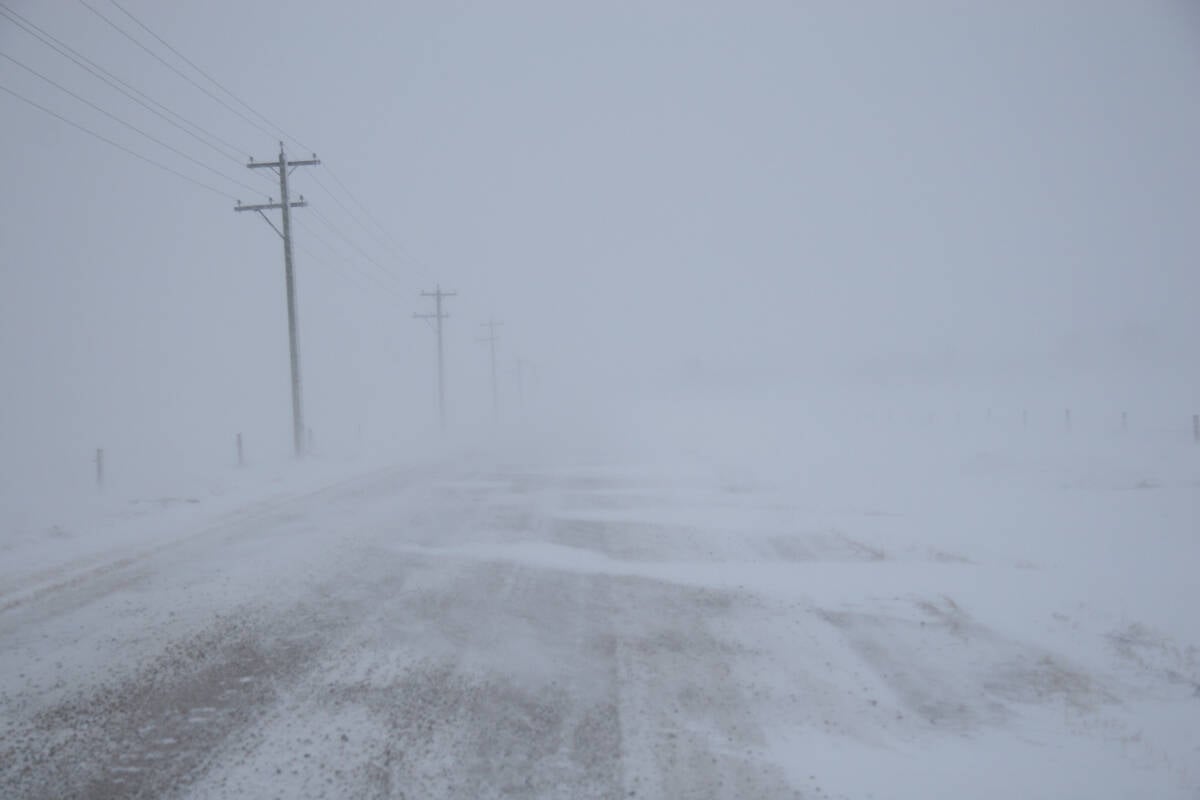MORNINGSIDE, Alta. – Bill Gibson figures the coyote problem in his area is the worst he has experienced in his 35 years in the lamb business.
The farmer from Tees, Alta., is frustrated as he tries to match wits with wily coyotes that took 30 lambs and a ewe this year. That is three times his normal loss to predators.
“They teach each other to kill and they learn that lamb tastes good,” he said.
The Alberta Lamb Producers director uses the recommended fencing and six guardian dogs and has a rifle on hand, but it was not enough. He eventually hired a professional trapper that cost $9,200 to control the problem.
Read Also

Volatile temperatures expected for this winter
DTN is forecasting a lot of temperature variability in the Canadian Prairies this winter. Precipitation should be close to average.
He and his fellow board members have met with provincial government officials and are preparing briefs for the new agriculture minister, Evan Berger, to find solutions to a costly problem. At the very least, they would like a compensation program similar to what the other provinces provide.
Gibson said the problem worsened since BSE. People used to call a rendering company to pick up dead animals but since 2003 they have been charged a fee.
As a result, more farmers are reluctant to use the service and instead leave carcasses outside for nature to take its course.
Natural disposal is legal in Alberta, but carrion is a common food source for coyotes, said Dion Burlock, agriculture fieldman with Lacombe County. He works with producers to control problem wildlife such as coyotes, deer, gophers, mice and skunks.
Coyotes are designated as pests under the provincial agricultural pests act and pest and nuisance con-t ro l regulation. The difference between a pest and a nuisance is the method in which they are controlled. A pest is eradicated and a nuisance is controlled. Burlock said landowners are ex-pected to control pests, but there is no compensation if a coyote destroys livestock.
“This program was designed to deal with one or two problem coyotes,” he said in an interview during a recent producer meeting in Morningside.
Fieldmen are trained to see the difference between predation and scavenging. The county is allowed to provide poison and other advice to get rid of killer coyotes if the case is proved.
One option is the sodium monofluoroacetate 1080 tablet, which is hidden deep inside a carcass or chicken head. It is odourless, tasteless and has no antidote. Animals are sent into cardiac arrest and are dead within about two hours.
Municipalities can also offer the M-44 cyanide system, which contains a cyanide capsule that is released by a spring-loaded mechanism pounded into the ground. The trigger is set off when a coyote sniffs it, sending a cloud of lethal cyanide into its face. The animals is killed quickly.
Alberta once employed two predator control inspectors, but the duties were switched to provincial regulatory services and municipal field-men. Seventy-seven counties and municipalities participate in coyote control programs.
DID YOU KNOW?
•Cyanide may be a crystal or a colourless gas. It may smell like bitter almonds or be odourless.
•Cyanide is naturally present in parts of some foods, such as apricot pits.
•It is found in the roots of some plants, such as the cassava plant.
Source: Drugs.com















